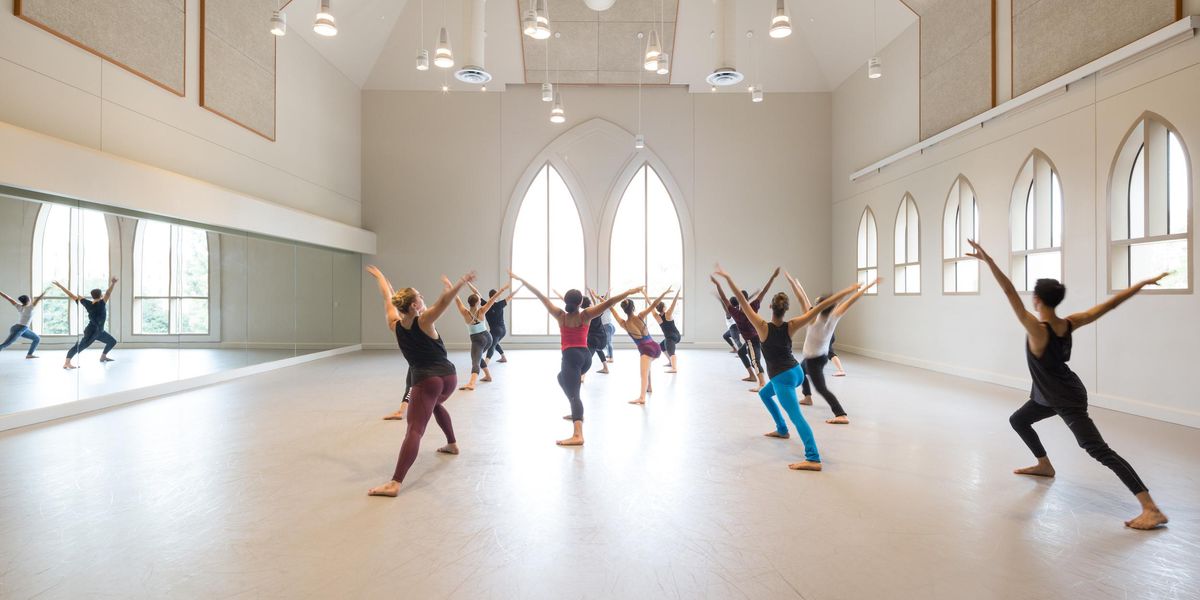Advice for Dancers
I know that ice is often a dancer’s best friend, but is it appropriate to use in the middle of class? My colleague made this suggestion to one of our students who keeps having painful cramping in her toes. It seems to me that it could be dangerous to ice, then get up and dance. I also wonder if the cramping might be due to an anatomical problem or her diet and water intake. Any information you have would be great, including—if icing is the wrong approach—how to tactfully approach my colleague.
Stephanie
Detroit, MI
Your assessment is right on target! Pain and cramping are usually signs that something is wrong, so numbing this dancer’s toes won’t solve the problem. Furthermore, a recent article in the February issue of the journal Sports Medicine shows that icing is counterproductive during exercise. It slows down nerve impulses, reducing muscle strength and power, fine motor coordination, and proprioception (the ability to know where the body is in space). Aside from hampering a dancer’s performance, this obviously increases the risk of injury. Of course, icing sore muscles after a hard workout or an acute injury can be beneficial.
Cramped toes can occur for any number of reasons, such as muscle weakness, an os trigonum (an extra bone in the back of the ankle), an electrolyte imbalance, or mineral deficiency. My advice is to talk to the dancer about getting a full medical checkup with a complete blood count and seeing an orthopedic foot and ankle specialist. As for the delicate matter of dealing with your colleague, you might mention the article on icing and its negative impact during exercise.
I’m currently in a BFA program where the dance training is great but the cafeteria food is killing me. I tend to go straight for the fattening junk food in spite of other healthy choices. Am I sabotaging my career? I’ve gained 10 pounds!
Junk Food Addict
NYC
Please try not to be so hard on yourself. According to psychologist Dr. Brian Wansink, known as the “Sherlock Holmes of food,” the layout in school cafeterias is more to blame for poor food choices than your own preferences. Even if you’re a conscientious dancer, foods that catch your immediate attention are hard to resist. To prove how simple, inexpensive changes can lead us to make healthier choices, Wansink replaced an unattractive tin bin of fruit with a basket where the fruit was artistically piled inside and displayed under a lamp. The sales in fruit more than doubled. In another case, he moved the salad bar from an isolated spot to a prime location next to the checkout, which resulted in salad bar sales going up 200 percent. What can a dancer do if the first thing she sees in the cafeteria is junk food? Your best defense is to be aware that the eating behavior that causes you to veer toward the closest food choice is hard-wired in the brain. To help reverse the urge, make a list of what you’d like to eat for dancing, such as a nutritious salad with vegetables of several colors and protein like tofu or chicken, and use all your dancer discipline to head in that direction. Then, load up on smart snacks from your list, such as trail mix, yogurt, hard-boiled eggs, and nuts, to keep your metabolism working full steam in between dance and academic classes. If you’re consistent, your weight should go back to its original state. To avoid hidden traps, you can also see how a smart cafeteria works by looking at Wansink’s latest project, where he’s working with schools around the country to encourage healthy eating (www.smarterlunchrooms.org).
Yesterday I did a grand battement and felt sudden pain in the back of my working leg. I can feel where it hurts with my fingers and think it’s my hamstring because I can’t dance. But my best friend said she had pain in the same place and it turned out to be sciatica. How can I tell the difference?
Olivia
Scarsdale, NY
The only way to know for sure is to see a dance medicine specialist, although your injury sounds like a hamstring strain because the pain is localized in one place (usually just below the buttocks or the back of the thigh above the knee). If so, you’ve partially torn the muscle attached to the sit bone. Sciatica involves irritation of the sciatic nerve often resulting from a damaged spinal disc. While this injury can cause similar pain, the difference is that it travels from the low back to behind the thigh and down the leg below the knee. It also includes weakness, tingling, and numbness. Both injuries require rest and physical therapy, not to mention avoiding anything that hurts. Your doctor may also use the same test to tell when each injury has recovered by having you lie on your back while the affected leg is lifted with a flexed foot. If it’s no longer painful, it’s healed!
Former New York City Ballet dancer Linda Hamilton, Ph.D., is a psychologist in private practice, the author of
Advice for Dancers (Jossey-Bass), and co-author of The Dancer’s Way: The New York City Ballet Guide to Mind, Body and Nutrition (St. Martin’s Griffin). Her website is www.wellness4performers.com.




